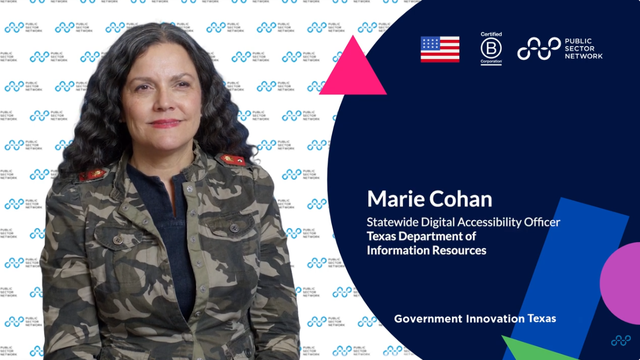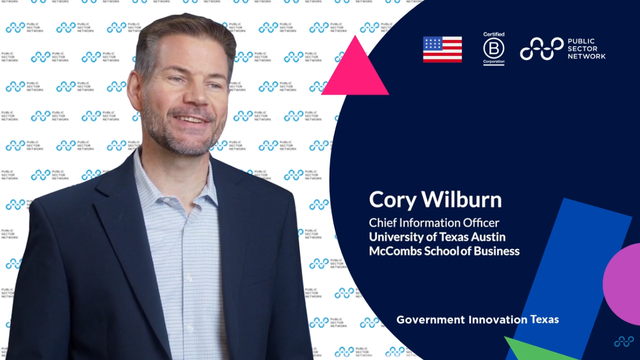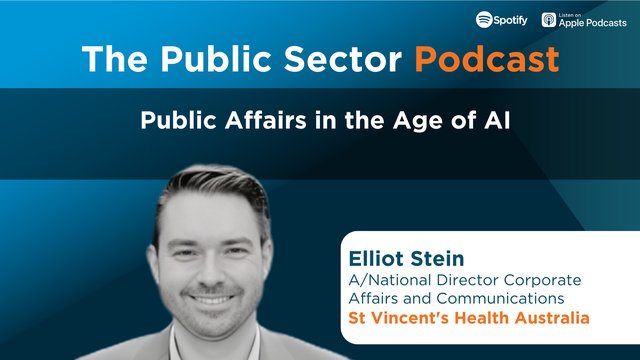

Q1: Among all the trending topics within public sector digital transformation, why did you choose the human perspective as your keynote focus?
I chose to focus on the human perspective in digital transformation because, ultimately, technology serves people. While we often get caught up in the excitement of new tools and systems, the true measure of success in any digital initiative is how it impacts and improves the lives of the individuals we serve, as well as the employees who use these systems daily. The public sector has a unique responsibility to ensure that digital transformation efforts are inclusive, accessible, and genuinely beneficial to all citizens. By centering the human perspective, we can create solutions that are not only technologically advanced but also empathetic, user-friendly, and truly transformative in improving public services.
Q2: Can you share examples of how focusing on the human side has directly contributed to the success of a digital initiative in your organization?
In the Transformation and Engagement Division within the Office of Transformation and Innovation, we've implemented several projects demonstrating the power of focusing on the human side. Here are two key examples:
- HHS Engagement Initiative: We launched a comprehensive engagement initiative to improve communication and collaboration across our large and diverse workforce. The human-centric approach included:
- Developing a custom internal communication platform allowing two-way dialogue between leadership and staff at all levels.
- Implement a series of virtual meetings to share information and conduct Q&A sessions, making staff and program areas more accessible to each other across the state.
- Creating an ideas portal where staff can submit suggestions for process improvements and innovations, with a transparent system for reviewing and implementing these ideas.
- Digital Skills Training Program: Recognizing the rapid pace of technological change, we implemented a Digital Skills Training Program tailored to the needs of our workforce. The human-centric elements included:
- Conducting a skills assessment across the organization to identify specific areas of need.
- Developing personalized learning paths for employees based on their current skill level and job requirements.
- Creating a mentorship program where digitally savvy employees could support their colleagues in applying new skills.
- Offering online and in-person training options to accommodate different learning styles and work schedules.
- The impact of this program was substantial:
- 100% of employees completed at least one digital skills course within the first year.
- We saw a 40% reduction in IT support tickets related to basic software issues.
- Employee confidence in using digital tools increased by 60%.
- Due to their expanded skill sets, Multiple staff members were able to take on new roles or responsibilities.
These projects have demonstrated that we can drive significant improvements in employee satisfaction and organizational effectiveness by putting people at the center of our transformation efforts—whether through improved engagement or targeted skill development. The ripple effects of these human-centered initiatives extend to improved service delivery for the Texans we serve, as our more engaged and skilled workforce is better equipped to meet their needs efficiently and compassionately.
Q3: What strategies have you found effective in addressing skills shortages while maintaining a people-centric approach?
Addressing skills shortages while keeping a people-centric approach has been a key focus for us. Some effective strategies we've implemented include:
- Continuous Learning Programs: We've developed in-house training programs that allow employees to upskill or reskill at their own pace. These programs are designed to be flexible and accessible, recognizing that our staff have varying learning styles and time constraints.
- Mentorship and Knowledge Transfer: We've established a robust mentorship program that pairs experienced staff with newer employees or those looking to develop new skills. This addresses skills gaps and fosters a culture of collaboration and continuous improvement.
- Partnering with Educational Institutions: We've partnered with colleges and universities across Texas to create tailored internship programs that address our specific skills needs. This approach helps us build a talent pipeline while providing valuable opportunities for students and job seekers in our community
Cross-functional Teams: By creating diverse teams that bring together individuals with different skill sets, we've found that knowledge naturally spreads throughout the organization. This approach also helps break down silos and encourages innovation.
Emphasizing Soft Skills: While technical skills are crucial, we've found that emphasizing soft skills like adaptability, critical thinking, psychological safety, and emotional intelligence helps create a workforce that's more resilient to change and better equipped to handle the human aspects of digital transformation.
By focusing on these people-centric strategies, we've been able to address skills shortages while also creating a more engaged, adaptable, and satisfied workforce.
Q4: How do you adapt your leadership style to accommodate the challenges a multi-generational and remote workforce poses?
Adapting to a multi-generational and remote workforce has required a flexible and empathetic leadership approach. Here are some key strategies I've employed:
- Individualized Communication: I recognize that different generations may have varying communication preferences. While some team members prefer video calls, others might be more comfortable with instant messaging or email. I try to accommodate these preferences while encouraging everyone to step out of their comfort zones occasionally to ensure effective team-wide communication.
- Flexible Work Arrangements: We've implemented flexible working hours and remote work options that cater to different life stages and personal circumstances. This approach has been particularly beneficial in retaining talent across generations and improving work-life balance.
- Technology Training and Support: We provide comprehensive training and support for all team members to ensure everyone is comfortable with our digital tools, regardless of their technological background. This helps bridge any generational gaps in tech proficiency.
- Mentoring in Both Directions: We've implemented a two-way mentoring process. Younger employees can share their digital native insights with older colleagues, while more experienced team members can offer their institutional knowledge and industry expertise. This fosters mutual respect and learning across generations.
- Focus on Outcomes, Not Hours: With a remote workforce, it's crucial to shift focus from time spent working to actual outcomes achieved. This approach respects the different working styles across generations and accommodates the various demands of remote work.
- Regular Check-ins and Virtual Team Building: We schedule regular one-on-one check-ins and virtual team-building activities to combat isolation and maintain team cohesion. These help maintain a sense of connection and belonging across our diverse, distributed workforce.
By remaining adaptable and open to feedback, we've created an inclusive environment that leverages the strengths of our multi-generational, remote workforce while addressing its unique challenges.
Q5: How can attendees at this session leverage the insights and experiences shared by the Office of Transformation and Innovation’s Transformation and Engagement Division to enhance their own projects or initiatives?
Attendees can leverage our insights and experiences in several ways:
- Human-Centered Design Thinking: Apply our approach of putting people at the center of digital transformation. Before implementing any new technology, consider how it will impact end-users and employees. Conduct user research and involve stakeholders from diverse backgrounds in the design process.
- Iterative Implementation: Learn from our experiences of starting small, gathering feedback, and iterating. This approach allows for course corrections and helps ensure that digital initiatives truly meet user needs.
- Cross-Sector Collaboration: Explore partnerships with educational institutions, community organizations, and even private sector entities to address skills gaps and improve service delivery. Our success with these collaborations can be a model for other public sector organizations.
- Change Management Strategies: Adapt our methods for managing change in a multi-generational workforce. This includes clear communication, comprehensive training, and creating a culture that values innovation and experience.
- Accessibility and Inclusion: Prioritize making digital services accessible to all, including those with limited tech literacy or access. Our experiences can guide attendees in creating more inclusive digital solutions.
- Measuring Impact: Adopt our approach to measuring success not just in terms of technological implementation but in tangible improvements to user experiences and outcomes.
- Continuous Learning Culture: Implement programs that encourage ongoing skill development and knowledge sharing within your organization, like our mentorship and training initiatives.
By applying these insights to their own contexts, attendees can enhance their digital transformation initiatives, ensuring they're not just technologically advanced but truly impactful and people-centric.
A group of Texas Health and Human Services Commission executives will be speaking at our upcoming Government Innovation Showcase Texas on November 19 in Austin! Claim your complimentary pass today to learn more about the Health and Human Services Commission’s digital transformation approach. https://publicsectornetwork.com/events/government-innovation-showcase-texas-austin-2025/






































